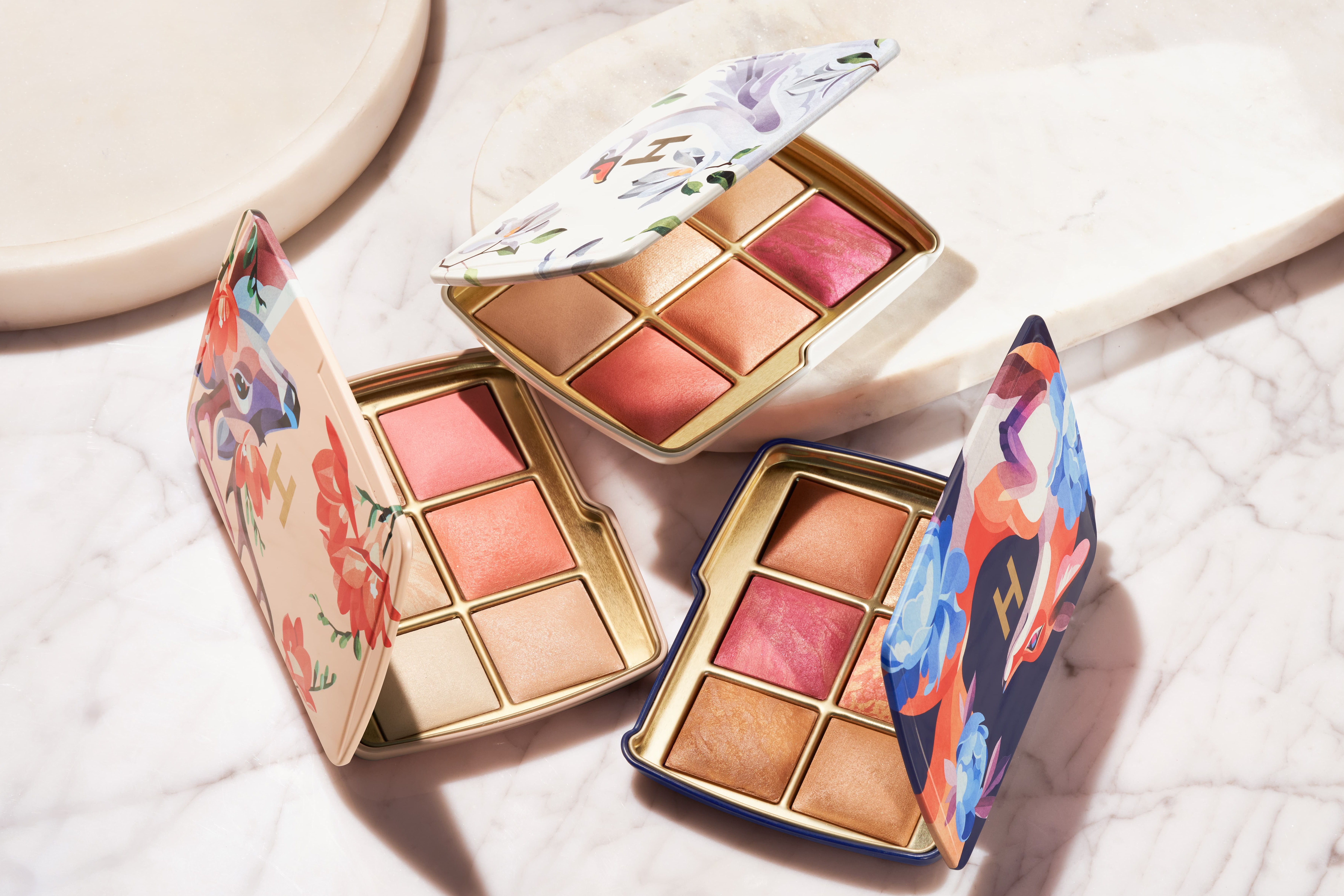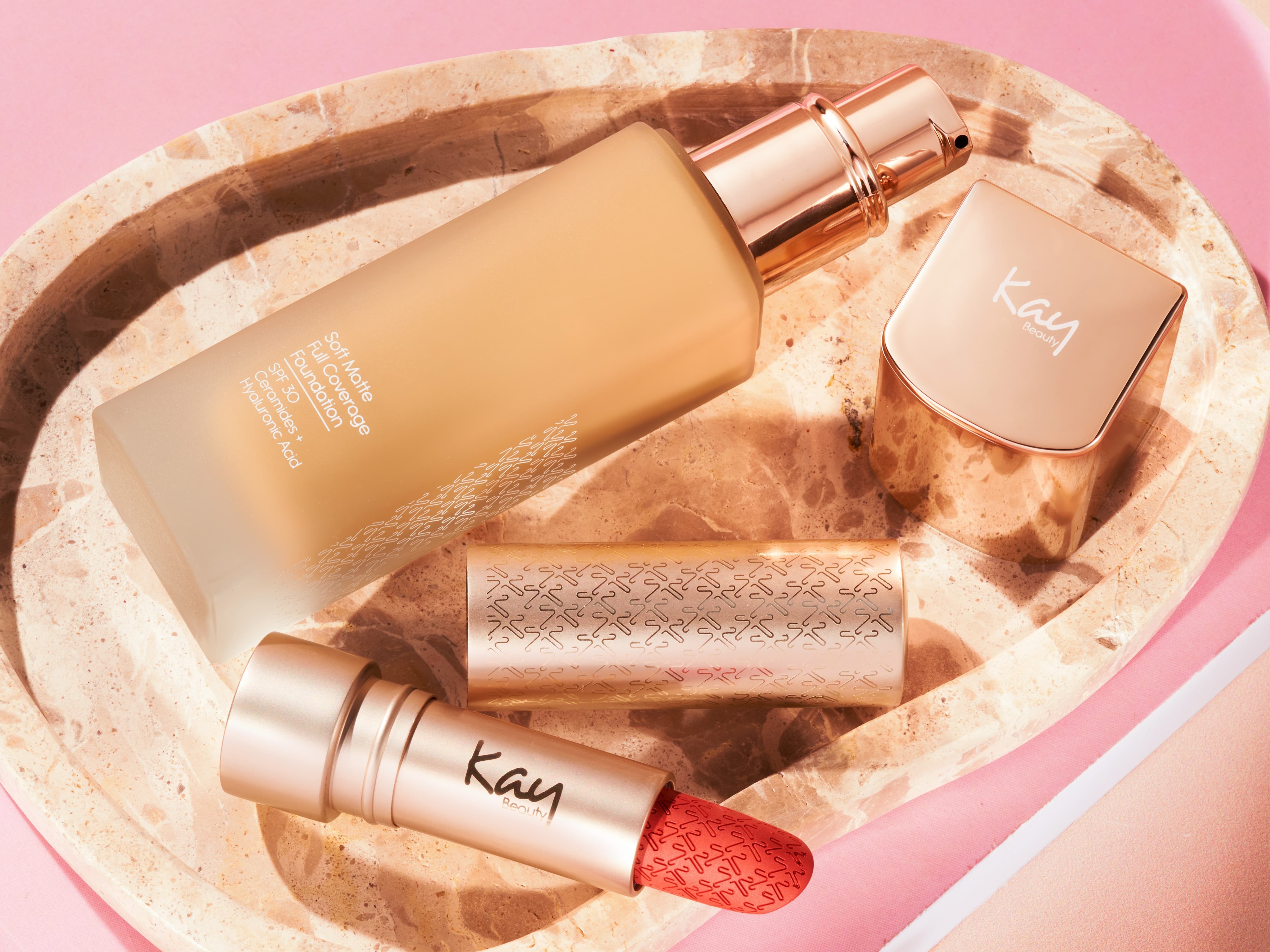
Think of self-tan and it’s likely that all the perilous pitfalls you associate with tanning yourself at home will come to mind; patchy palms, unsightly streaks and orange-stained bedsheets. It’s true that today’s tanning formulations tend to be pretty fool-proof but the most important part of the process – the putting it on part – is down to you and if you’re not following a few standard, self-tanning rules, you’re not going to get the best results. We asked Clara Anderson, Head VIP Tanning Expert at Vita Liberata to tell us her top troubleshooting tips…
How to Prepare Your Skin For Self-Tan
Before you even think about applying self-tan, it’s imperative you get your skin in optimum condition. “Using an oil-free body scrub (or loofah or body brush) to exfoliate your skin will help remove dead skin cells and smooth the skin’s surface to provide a nourishing base for tanning,” advises Clara. Look for one that’s oil-free (oil formulas cause a barrier on your skin and prevent the self-tan from absorbing) and massage into damp skin, making sure you pay attention to any dry areas like knees, elbows and ankles. Post-scrub, skip the body lotion (like an oil-based scrub, moisturising before applying tan will create a barrier that causes streaks) and instead, choose a tan that contains moisturising properties, and just apply it directly to clean skin.
How to Avoid Tanning Mishaps
If no matter how carefully you wash your hands, you’re always left with tan streaked palms, there’s one obvious solution: gloves. “I’d always recommend using a mitt glove because it doesn’t only prevent stained hands, it also gives the most flawless finish when tanning,” advises Clara. Only once you’ve applied tan to the rest of your body is it time to tan your hands. For the most natural finish, go sparingly using just the excess product on the mitt. “After application, take a damp cloth and buff over the knuckles and the heel of the hand to ensure a totally natural result,” adds Clara. And if you do over do it? Tanning pros swear by a mixture of baking soda, water and lemon to shift the stains.
What To Do If Your Tan Is Too Dark
You’ve applied your tan, waited a few hours for it to develop and showered, only to find that the end result is a little more just-got-back-from-the-Bahamas rather than the light, sun-kissed glow you were coveting. The solution? The heat from a steamy shower or a long soak in the tub will open up your pores, breaking down the pigment in your tan and taking the edge off the colour. An oil-based scrub will do the job too; simply massage into damp skin and shower to take down your tan. And if you’re really pressed for time, self-tan erasers are a speedy solution; most contain exfoliating ingredients like glycolic acid that remove dead skin cells to create a more even, natural looking effect.
How to Avoid Getting Self-Tan On Your Sheets
Unless you’re a self-tan pro, you’re probably resigned to the fact that your bed sheets are going to end up almost as bronzed as you are. “When you’re moving around in your sleep, your body temperature rises and you sweat,” explains Clara. “Sweat lifts the tan from your skin and onto your bedding.” However, there are things you can do to stop your tan transferring. For starters, using an application mitt will prevent you applying too much tan and in turn, stop any excess colour transferring onto your best linen sheets. Wait at least 30 minutes before getting under the covers so the colour has the time to dry and lastly, apply a light dusting of talcum powder or translucent face powder anywhere you might be prone to perspiring.
How to Ensure Your Self-Tan Lasts
If you want your self-tan to see you through your holiday, there are a few things that are worth remembering. Avoid slathering on oil-packed lotions and creams – essential oils will break down your tan faster and leave it looking patchy. Avoid scrubs, body brushing and hot showers too. Instead, moisturise daily with a simple, oil-free formula to keep the skin hydrated or use a daily tan lotion in place of your regular moisturiser. “A gradual tan will give you a colour boost, extend the life of your tan, and ensure a flawless fade back to nothing with no patching or dryness,” adds Clara.




.jpg)






